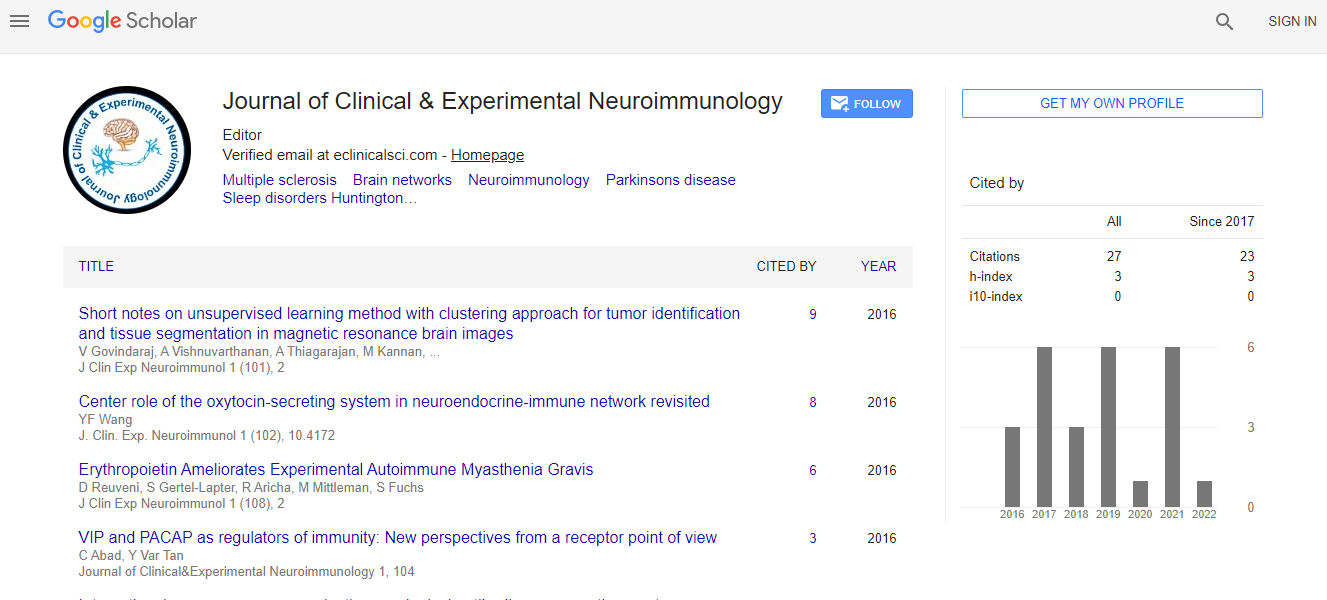Prion-Seeding Activity is Widely Distributed in Tissues of human prion Disease Patients: Mini Review
*Corresponding Author:
Copyright: © 2020 . This is an open-access article distributed under the terms of the Creative Commons Attribution License, which permits unrestricted use, distribution, and reproduction in any medium, provided the original author and source are credited.
Abstract
Human prion diseases are fatal neurodegenerative disorders caused by abnormally folded prion proteins (PrP-res). Accumulated PrP-res in the central nervous system can be detected using the Real-Time Quaking Induced Conversion (RT-QuIC) assay. The RT-QUIC assay allows for the detection of ≥ 1 fg of abnormal prion protein in diluted Creutzfeldt–Jakob Disease (CJD) brain homogenate.
Using this in vitro PrP-amyloid amplification assay, we quantified the seeding activity of affected human brains. End-point assay using serially diluted brain homogenates of sporadic CJD patients demonstrated that a 50% Seeding Dose (SD50) is reached in approximately 10/g brain tissue (10(8.79–10.63)/g).
Historically, infectivity has been detected only in the central nervous system and lymphoreticular tissues of patients with sporadic CJD; however, recent reports suggest that the prion seeding activity of CJD prions accumulates in various non-neuronal organs including the liver, kidney, and skin. We re-analyzed autopsy samples collected from patients with sporadic and genetic human prion diseases and found that seeding activity exists in almost all digestive organs. Because the RT-QuIC assay is extremely sensitive compared with bioassay, we examined the distribution of the prion seeding activities in other organs, which we obtained from sporadic CJD patients at autopsy. Surprisingly, prion activity in the esophagus reached a level of prion seeding activity (107.98–8.38) close to that in the central nervous system in some CJD patients, indicating that the safety of endoscopic examinations should be reconsidered.

 Spanish
Spanish  Chinese
Chinese  Russian
Russian  German
German  French
French  Japanese
Japanese  Portuguese
Portuguese  Hindi
Hindi 
